|
What are illuminated manuscripts? The Book of Durrow is one of the earliest known illuminated manuscripts from post-Roman British Isles. But what is an illuminated manuscript? The term “manuscript” is literally translated to hand (manu) written (script). In the dawning days of Christianity, religious texts were written or copied by hand priests and monks. These texts usually focused on the gospels of Matthew, Mark, Luke, and John, but could include material like special prayers and excerpts from the Bible. The texts were initially handwritten but, over time, they became more structured and elaborate. These religious manuscripts became works of art, their pages filled with colorful and brilliant images and lettering. These illuminated manuscripts contained carpet pages, full pages filled with intricate text, artistic details, and gold leaf. The term “illuminated” refers to the gold or silver leaf used to make the page shine, allowing the book to be seen from a distance and dazzling the audience. The art styles associated with illuminated manuscripts The illuminated manuscripts from the British Isles in the early Middle Ages were a fusion of art styles inspired by an embedded Celtic culture and a history of invasions. A diluted version of the Celtic metalwork culture—with its intricate swirling La Tene designs influenced the priest-artists of the early Christian monasteries. This was blended with art forms from the European continent and beyond. Roman and Byzantine influences can be seen, along with Germanic interlace styles. In fact, the interlace design we so often associate with “Celtic” art is actually Anglo-Saxon art. To be a bit more precise, the art style found in these illuminated manuscripts is called insular art, referring to a specific art style developed in Ireland and Britain during the early Middle Ages called Hiberno-Saxon or Anglo-Hiberno art. Irish Christian monasteries of the early Middle Ages We can’t talk about illuminated manuscripts without discussing the monasteries in which they were created. The nexus for Christian art and missionaries in the British Isles was Northumbria (northern England), southern Scotland, and Ireland. The key monastic settlements were Iona, Lindisfarne, Jarrow, and Wearmouth (all in Scotland and northern England), and County Offaly and County Meath in Ireland. The monasteries—established by the Irish—promoted a unique Celtic version of Christian teachings. These missionaries were responsible for reintroducing Christianity into what had become a very pagan Europe, and the monastic settlements they founded were a springboard for their doctrine. St. Columba and the Book of Durrow There are several important people associated with this movement, such as St, Cuthbert, St. Aidan, St. Patrick, and St, Columba. St. Columba was an important founding figure of Irish monasteries and teachings, and for our purposes is the name most associated with the Book of Durrow. the Book of Durrow is said to date from the mid to late 600s A.D. yet it has been attributed to St. Columba who founded Christian monasteries in England and Scotland in the previous century. The legend states that it was St. Columba who either wrote or copied the Book of Durrow but the true date of the book is debated. What is known about the text is that it is one of the oldest and most complete manuscripts found. The book is now housed in the Library of Trinity College, Dublin, Ireland along with the famous Book of Kells created about 100 years later. Drawing tutorial for a small panel from the Book of Durrow I’ve been interested in the artwork in illuminated manuscripts—like the Book of Kells—for quite a while now, and I often do online research and study the images. I was captivated after viewing a few pages from the Book of Durrow! After studying the beautiful interlace designs I decided to pick them apart using my own grid system to recreate as closely as possible the intricate zoomorphic panels. In the first tutorial, I work through the design elements in one of these small panels. This panel with either foxes or horses (probably foxes) can be seen flanking the circular art in the center of the page above. This video tutorial is broken into two parts. The first part can be found on my Patreon page and uses a step-by-step approach to break down the major components of the panel and the grid guide. There are many more of these types of tutorials planned for the future, so if you’d like to support me in my endeavor to teach this ancient art form please consider supporting me on Patreon for just $4 a month. The second part of this tutorial focuses on finishing touches and making the design your own. This video can be found for free on my Patreon page and my YouTube channel. Please consider subscribing to my growing YouTube channel to see more drawing and DIY tutorials and videos. A second drawing tutorial inspired by the Book of Durrow I was so inspired by the first tutorial that I created a second step-by-step drawing tutorial based on another panel on the same page. As with the first panel, this tutorial is broken into two parts, with the step-by-step breakdown of the design featured on my Patreon page for members. The second part can be found on both my Patreon and my YouTube channels for free. Come join me on either (or both) platforms! Sources: Dictionary.com. (n.d.). Manuscript. In Dictionary.com dictionary. Retrieved September 6, 2024, from https://www.dictionary.com/browse/manuscript Encyclopedia Britannica. (n.d.). Anglo-Saxon art. Britannica. https://www.britannica.com/art/Anglo-Saxon-art#ref40925 McGreevy, R. (2018, September 20). Book of Durrow is on its way to the British Library: Priceless 7th-century manuscript inspired the Book of Kells a century later. The Irish Times. https://www.irishtimes.com/culture/heritage/book-of-durrow-is-on-its-way-to-the-british-library-1.3634797 National Gallery of Art (NGA). (n.d.). Illuminated Manuscripts. https://www.nga.gov/conservation/paper/manuscript-project.html Visual Arts Cork. (n.d.). Book of Durrow, Irish Illuminated Gospel Manuscript: History, Design, Illuminations. http://www.visual-arts-cork.com/cultural-history-of-ireland/book-of-durrow.htm Here are more blogs for you to read!
Creating a knotwork pattern inspired by the Clonmacnoise South Cross How to draw a Celtic triquetra using an equilateral triangle How to draw a triquetra using a right-angle triangle How to draw a simple Celtic triquetra using three circles Step-by-step method for drawing a basic triskele Circular Celtic border knot tutorial, basic braid Basic twist step-by-step drawing tutorial using grid paper Celtic braid step-by-step drawing tutorial Basic border knot with vertical breaks, step-by-step drawing tutorial Basic border knot with horizontal breaks, step-by-step drawing tutorial The Celtic Motherhood Knot, a symbol of love Celtic Tree of Life Basic Celtic Knot Tutorial Part 1 Celtic Knot Tutorial Part 2 A brief history of the Irish shamrock
0 Comments
Leave a Reply. |
Author
Some of the posts on this site contain affiliate links. This means if you click on the link and purchase the item, I will receive an affiliate commission. Categories
All
Archives
October 2025
|
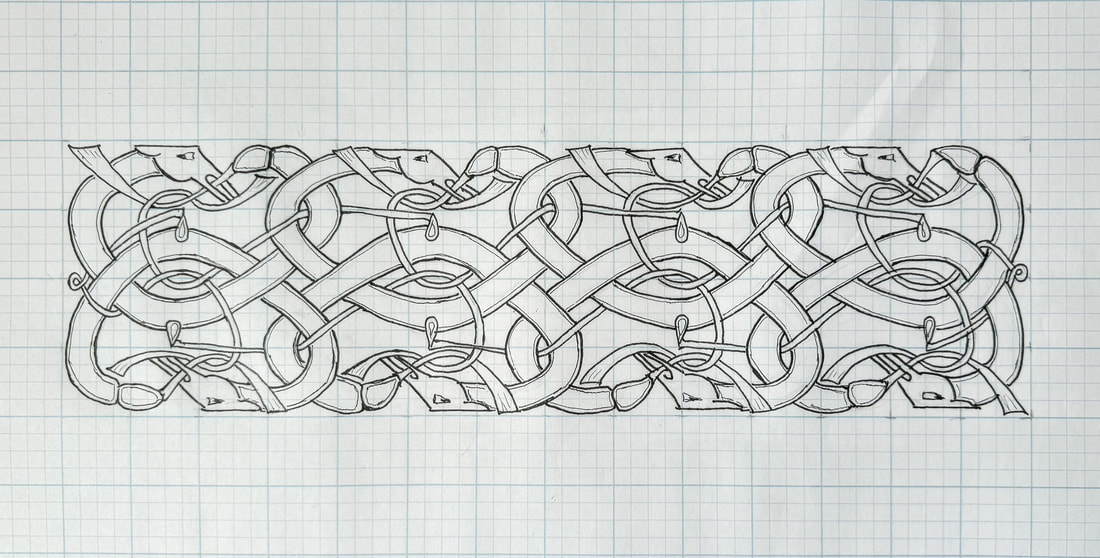
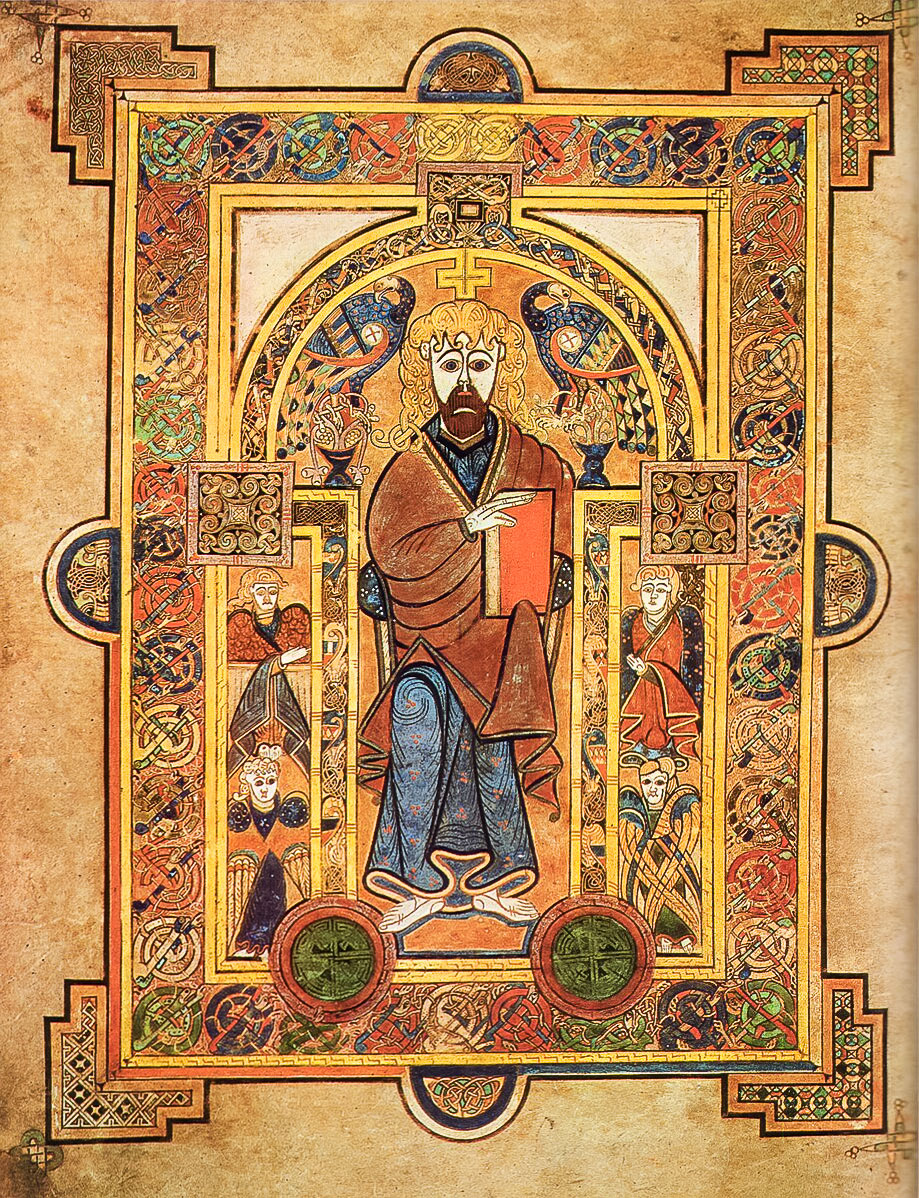
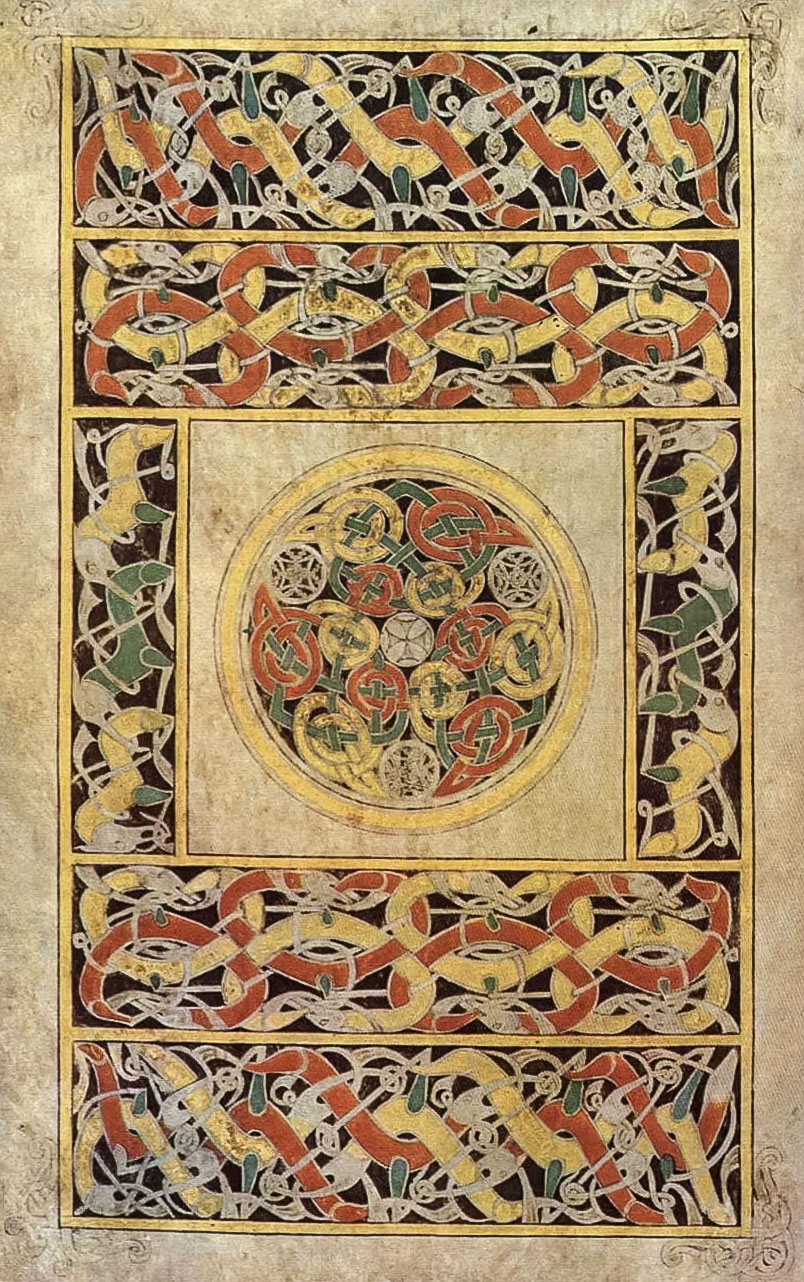
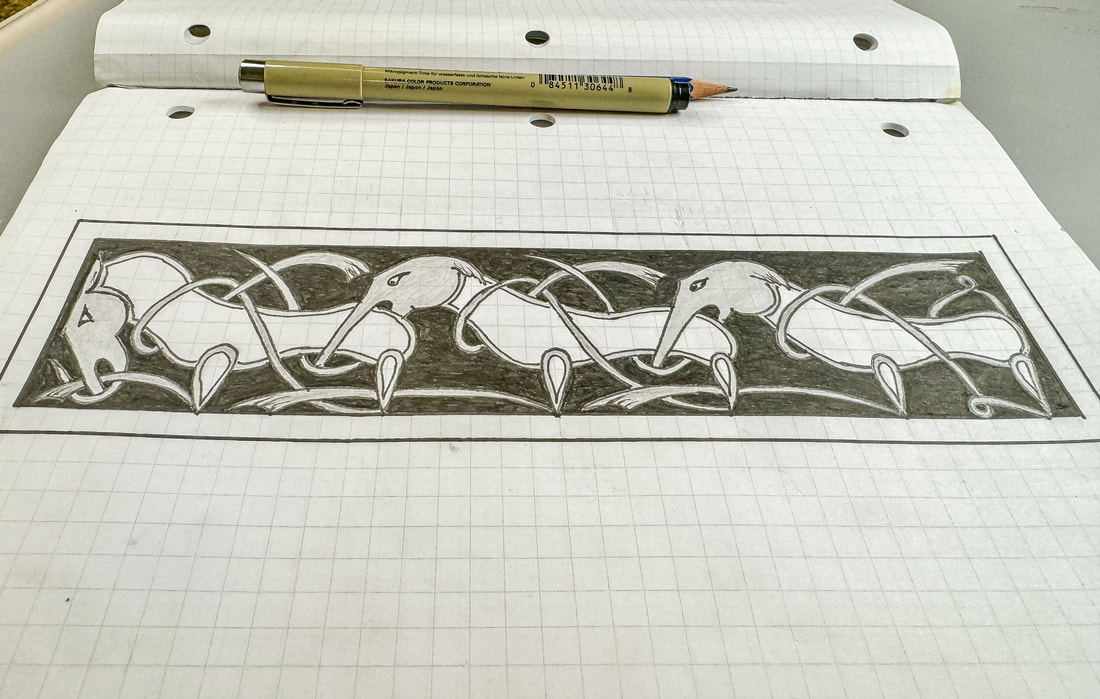
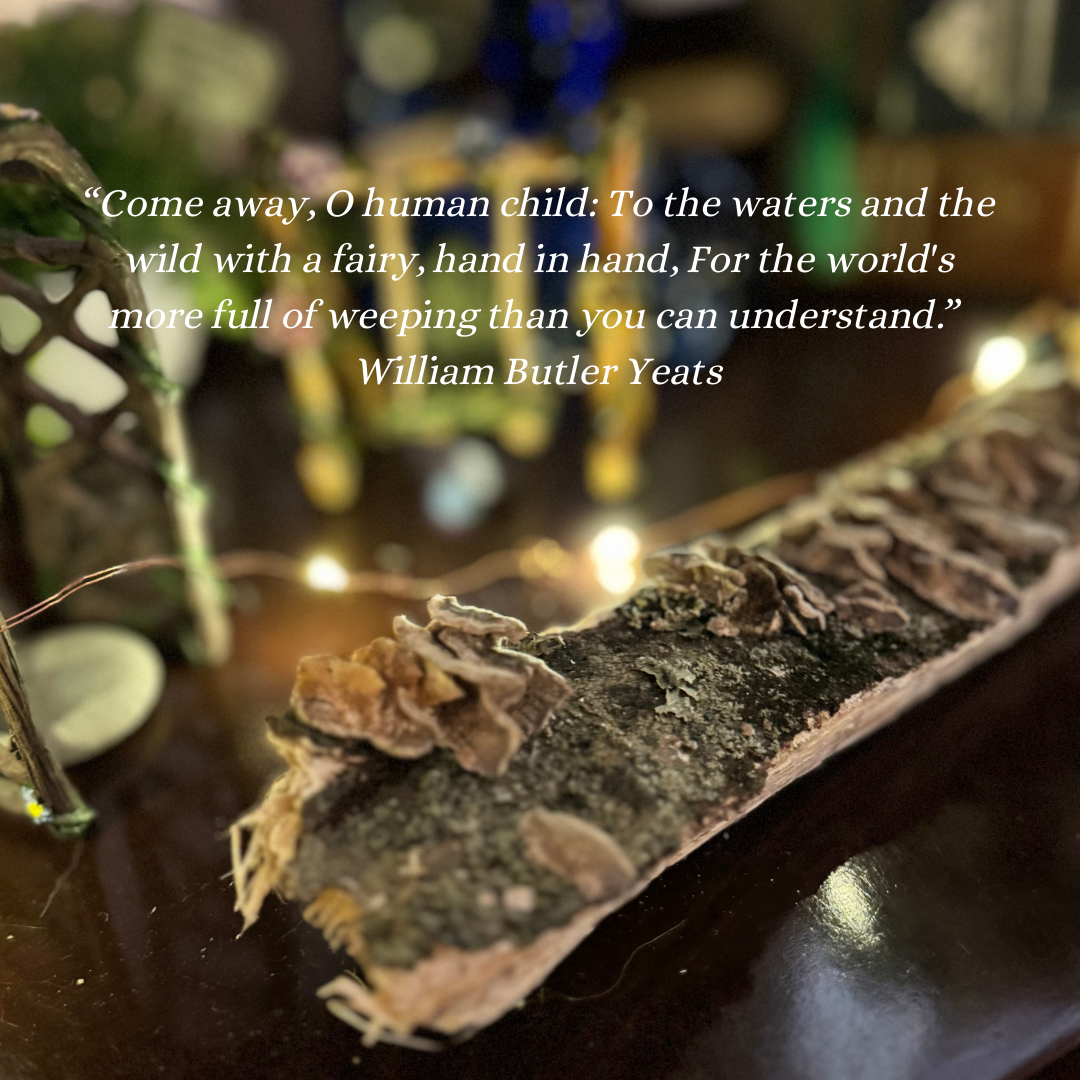

 RSS Feed
RSS Feed
